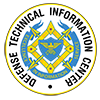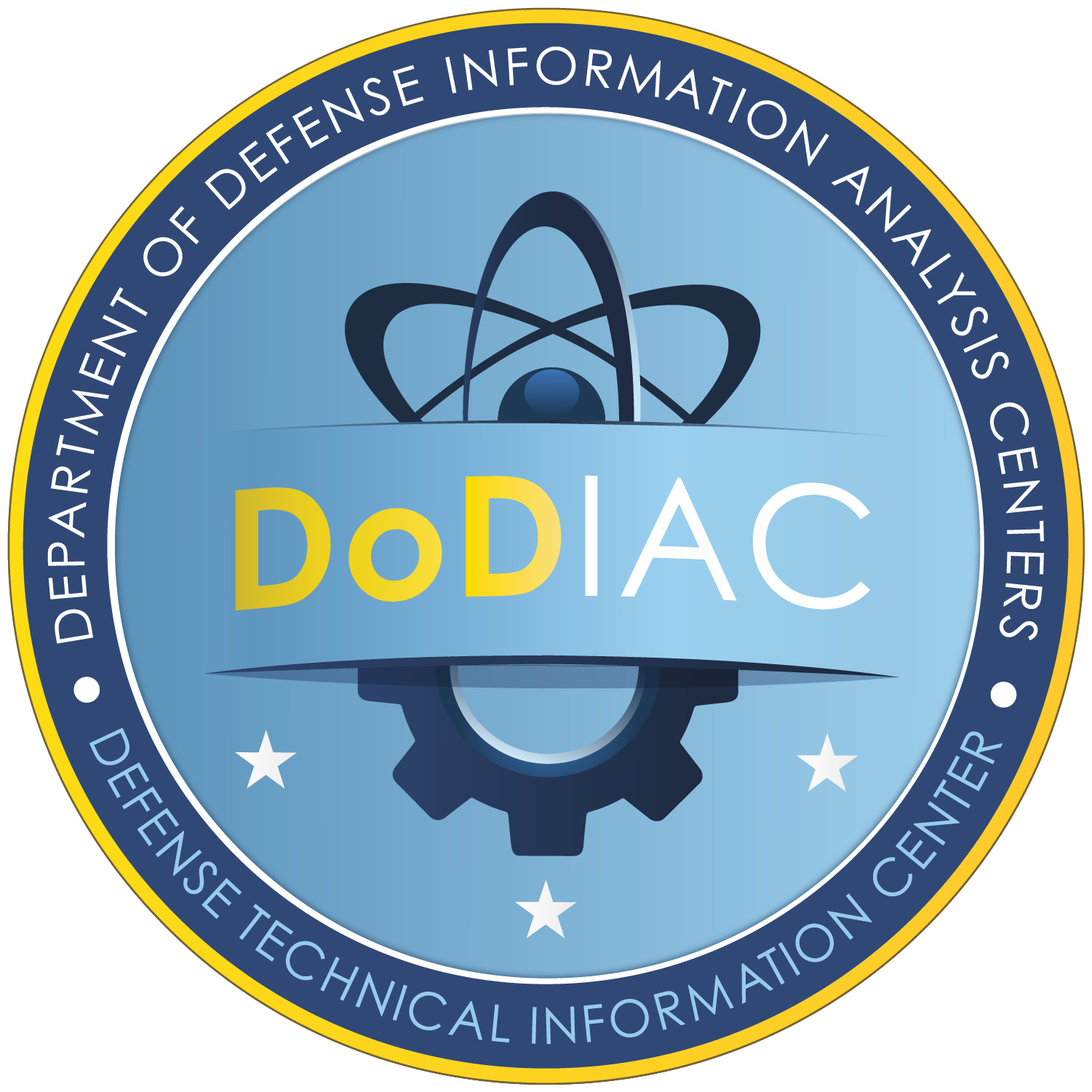This issue of the HDIAC Journal provides readers insight on five of HDIAC’s eight focus areas. First, the alternative energy article discusses the need for alternatives to petroleum-based fuels to reduce the DoD’s petroleum consumption. Then, in CBRN, readers will learn about laser-induced breakdown spectroscopy’s use in detecting and identifying contaminated material. In CIP, emerging smarter camera solutions are offering a range of strategic and tactical benefits. Within HDS, articles look at responding to emergencies that create a continuous hazard to responders as well as the risks and impacts of emerging technologies. And, finally, in the medical field, researchers are working on developing therapeutics against viral infections caused by bioterror pathogens as well as new approaches to assessing and treating battlefield wounds.

Spring 2017: Volume 4 Issue 1
Published: April 12, 2017

